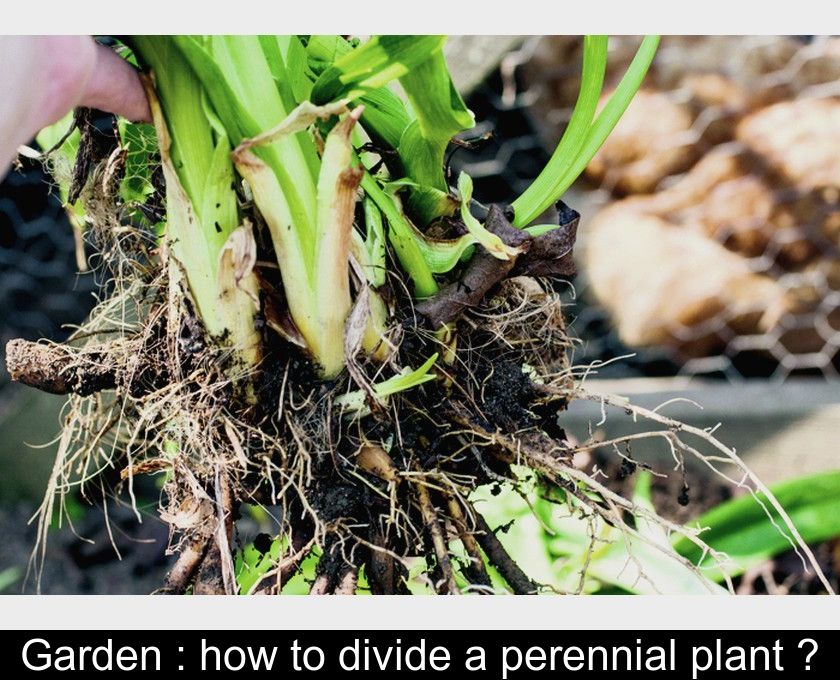Garden : How To Divide A Perennial Plant ?
Dividing plants is something that every gardener should know about, as this very useful trick allows you to rejuvenate your perennials and multiply them. If you want to reproduce your plants at low cost and share your most beautiful specimens with friends, we explain how to divide a perennial plant.
What are the advantages of the division?
Division is an interesting method of plant propagation to know about, especially for perennials that grow back from the base every year.
Despite their perennial nature, perennials are not forever. Over the years, they bloom less and less and eventually wither away if left in the same spot forever.
In beds, tightly planted plants also end up competing with each other, hence the interest in dividing them. If you notice that a large clump of perennial is in the way of its neighbors and is blooming less than before, it is time to divide it!
Dividing a perennial is a simple and risk-free method, which has only advantages:
- it allows you to give a new lease on life to perennials that are dying out
- it allows you to obtain new plants for free, which are clones of the mother plant
- it allows you to save money by not having to buy new plants to decorate your beds and flowerbeds
- it allows you to share your most beautiful specimens with other gardeners and, why not, to barter plants!
When to divide a plant?
If you want to divide a perennial, it's best to do it right out of winter, just before vegetation starts up again.
That's why March is the best time to do plant division, before spring arrives and the plants wake up.
At this time of year, you can also easily spot the first buds and young shoots on your perennial flowers in the garden, such as:
- bellflowers
- large daisies
- asters
- phlox
- chrysanthemums
- euphorbias
- the creeping bugle
- the lamier
- nepeta
- the sedum
To note: some plants such as hellebores, poppies, lupines and hollyhocks do not do well with division.
How to divide a perennial plant?
If you have not already done so the previous fall, cut the dry stems of the plant to 10 cm.
Use a spade or spade fork to gently dig up the entire plant, using leverage. Shake the root ball vigorously to remove as much soil as possible at the roots.
Note:If your perennial has produced vigorous shoots around the periphery of the clump, you don't need to dig up the entire plant to divide it. Simply pick up these shoots by gently digging them up with their small roots.
Once your plant is ready, you can proceed with the actual division: use your hands or a sharp tool like a spade or knife (for plants with tightly packed roots) and divide the clump into 3 or 4 portions. Each piece of the plant should have roots and stem starts.
After division, you should replant the plant pieces without delay. Untangle the roots and cut off their ends before replanting the fragments, making sure to add a handful of well-rotted compost to the bottom of each planting hole. As with a conventional planting, pack the soil around the plant and water copiously.
How to share plants with other gardeners?
If you want to divide a perennial plant to share with other gardeners, follow the method described above, except for the last step.
Instead of replanting the fragment in your garden, simply pick it up in a pot so you can give it away or trade it with a neighbor or other gardening enthusiast!
As you can see, plant division is a simple, economical and user-friendly method that allows you to share your passion for gardening with those around you.











